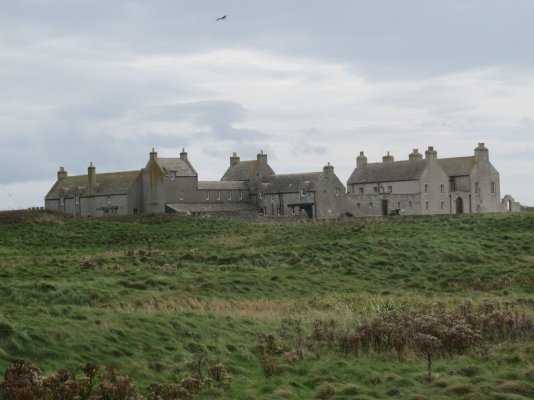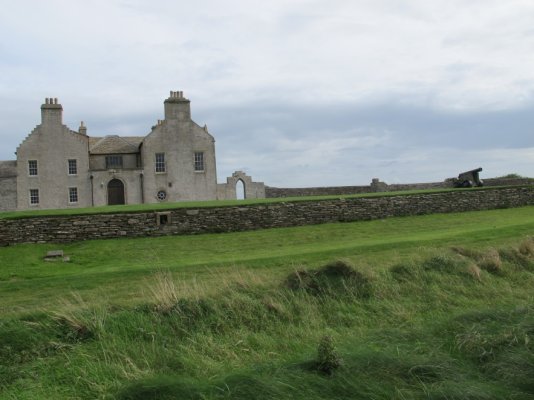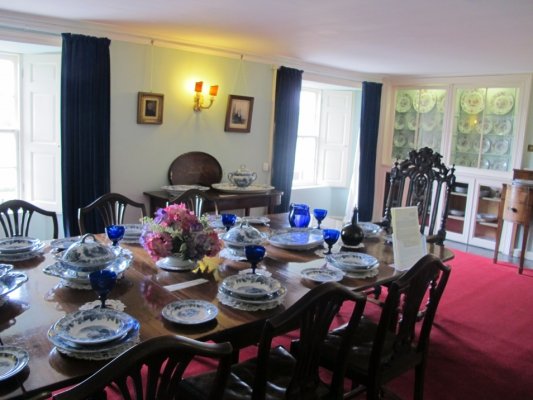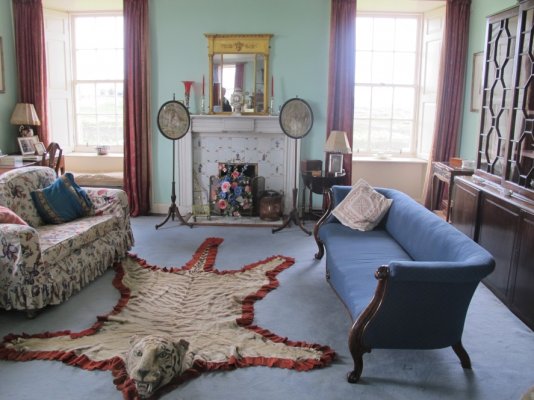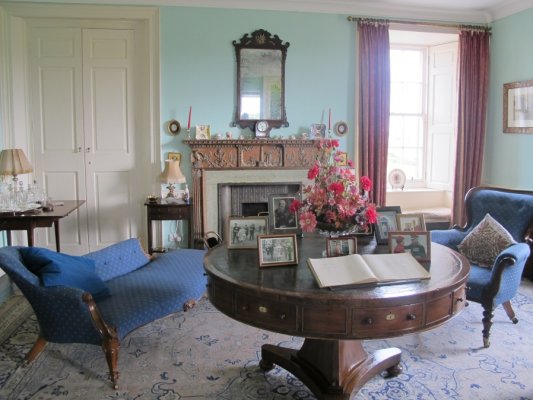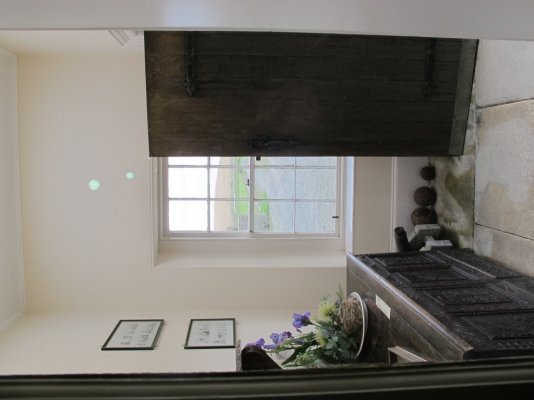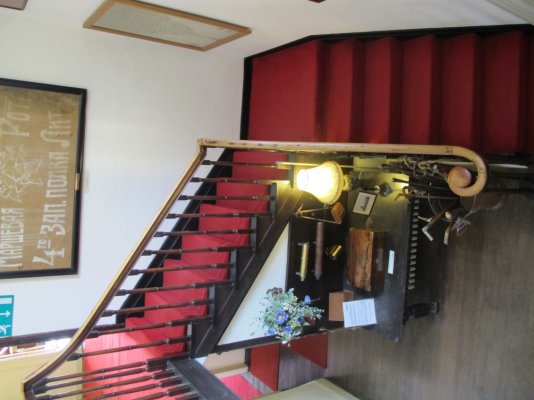Stirling Castle is situated on top of Castle Hill in Stirling in the country of Scotland.
King Edward II of England led his large army to relieve the English garrison in Stirling Castle, which was besieged by King Robert I.
Robert, the Duke of Albany, the uncle of King James I, died on September 3rd, 1420 in Stirling Castle.
King James II in 1452 murdered William, the eighth Earl of Douglas at Stirling Castle by stabbing him in the neck.
King James IV had a royal chapel built at Stirling Castle.
Between 1538 to 1542, King James V had a palace built within Stirling Castle.
The palace was a lavish three-storey palace within the castle complex.
The palace contained apartments for King James V and Queen Mary (of Guise).
The Royal Presence Chamber had a ceiling that had one hundred carved oak heads.
The palace building's principal façade contains tall, elegant windows and niches. The niches hold sculptured figures.
At Stirling Castle in 1566 an elaborate baptism was celebrated for the infant Prince James, the son of Mary, Queen of Scots.
Expensive gifts were lavished on the Prince. One such gift was a gold font from Elizabeth I, Prince James's godmother.











